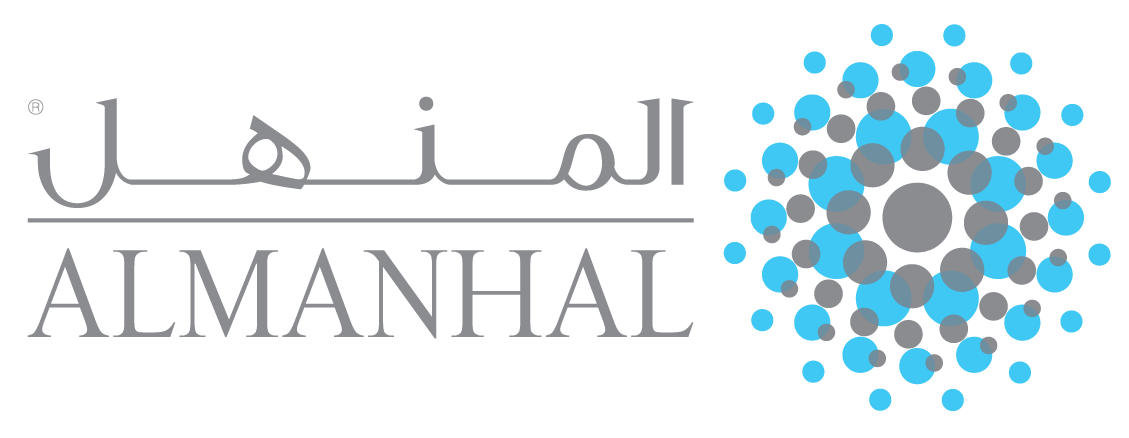Profit and Loss Sharing Financing, Mark-up Products or Conventional Debt? Application of Analytic Hierarchy Process
DOI:
https://doi.org/10.31436/jif.v5i2.122Abstract
Financing SMEs is one of the most critical problems faced by entrepreneurs. PLS (Profit and Loss Sharing) and mark-up instruments are two sets of Islamic modes of financing developed as a substitute for conventional debt, which is typically adopted by SMEs. However, with larger finance offerings, it becomes more complicated for SMEs to determine the best financial instrument. Indeed, the financing decision involves a trade-off between tangible and intangible factors. Therefore, using an experts’ decision-making in evaluating financial products is a beneficial way to assist SMEs choosing the most appropriate one. The purpose of this paper is to apply the Analytic Hierarchy Process (AHP) in selecting an instrument to finance SMEs. Financial suitability, cost, risk, management intervention and profitability are the criteria upon which the financial decision is based in the current study. The results show that PLS equity finance complies with the SMEs profile more than mark-up products and traditional debt. The study has concluded with suggestions for future research.
Downloads
References
Ahmad S. M. (1947). Economics of Islam. Lahore: Sh. M. Ashraf.
Ahmed, H. (2002). Incentive-compatible Profit-sharing Contracts: A Theoretical Treatment. in: Iqbal and Llewellyn, eds. Islamic Banking and Finance: New Perspectives on Profit-sharing and Risk, Cheltenham, U.K: Edward Elgar. 40-54.
Ahmed, H. (2014). Islamic Banking and Shari’ah Compliance: A Product Development Perspective. Journal of Islamic Finance. 3(2), 15-29.
Abalkhail, M. andPresle, J. R. (2002). How informal risk capital investors manage asymmetric information in profit/loss-sharing contracts in: Munawar Iqbal and David T. Llewellyn, Islamic Banking and Finance, New Perspectives on Profit-Sharing and Risk. Ed. Edward Elgar, UK, MA, USA. 111-138.
Aguaron, J., Escobar, M. T. and Moreno-Jiménez, J. M. (2003).Consistency stability intervals for a judgment in AHP decision support systems. European Journal of Operational Research. 145, 382-393.
Beck, T., Demirgüç-Kunt, A., & Martinez Peria, M. S. (2008). Bank Financing for SMEs Around the World: Drivers, Obstacles, Business Models, and Lending Practices. The World Bank. Online version, http://dx.doi.org/10.1596/1813-9450-4785, consulted May 21, 2016.
Berger A., Udell G. (1998). The economics of small business finance: the roles of private equity and debt markets in the financial growth cycle. Journal of Banking and Finance. 22, 613-673.
Braglia, M. (2000).MAFMA: multi-attribute failure mode analysis. International Journal of Quality & Reliability Management. 17(9), 1017-1033.
Büyüközkan, G. (2004). Multi-criteria decision making for e-marketplace selection. Internet Research, 14(2), 139-154.
Chapra M. U. (1985).Toward a Just Monetary System. Leicester, UK: The Islamic Foundation.
Cheng, E. W. L. and Li, H. (2001), Analytic hierarchy process: An approach to determine measures for business performance. Measuring Business Excellence. 5(3), 30-36.
Eddy Yusof, EzryFahmy and Kashoogie, Jhordy and Anwar Kamal, Asim (2009). Munich Personal RePEc Archive (MPRA). Online version, https://mpra.ub.uni-muenchen.de/20722/, consulted May 14, 2016.
Golden, B. L., Wasil, E. A. and Harker, P. T. (1989). The Analytic Hierarchy Process: Applications and Studies. New York, Springer-Verlag.
Homoud, Sami Hasan (1985). Islamic Banking. London: Arabian Information, translation of Arabic book published in 1975.
Ismail, Abdul Halim (1989). Al Qur'an on Deferred Contracts of Exchange. Kuala Lumpur, Malaysia, Prime Minister's Secretariat, mimeographed.
Rammal, H.G. (2004). Financing through Musharaka: Principles and Application. Business Quest, Onlineversion,http://www.westga.edu/~bquest/2004/musharaka.htm, consulted February 29, 2016.
Keasey, K., & McGuinness, P. (1990). Small New Firms and the Return to Alternative Sources of Finance. Small Business Economics, vol. 2.n° 3. pp. 213-222. Online version, http://dx.doi.org/10.1007/BF00389529, consulted May 21, 2016.
Khan, M. F. (1992). PLS System: Firms' Behavior and Taxation. IRTI, unpublished.
Khan, Tariqullah (1995). Demand for and Supply of Mark-up and PLS Funds in Islamic Banking: Some Alternative Explanations. Islamic Economic Studies, 3(1), 39-78.
Liberatore, M. J. and Nydick, R. L. (1997). Group decision making in higher education using the analytic hierarchy process. Research in Higher Education, 38(5), 593-614.
Madu, C. N., Kuei, C-H.,Aheto, J. and Winokur, D. (1994). Integrating Total Quality Management in the Adoption of New Technologies. Benchmarking for QualityManagement& Technology,1(3), 52-66.
Meziani, A. S. and Rezvan, F. (1998). Multiple Objective decision making models and applications: Using the analytic hierarchy process to select a financing instrument for a foreign investment. Math/ Comput. Modelling. 11, 272-215.
Miller, G. A. (1956). The Magical Number Seven, Plus or Minus Two: Some Limits on Our Capacity for Processing Information.The Psychological Review,63, 81-97.
Myers,S. and Majluf,N.(1984). Corporate financing and investment decisions when firms have information that investors do not have. Journal of Financial Economics, 13(2), 187-221.
Ould Mohamed Mahmoud, L. Abduh. M. 2014. The Role of Awareness in Islamic Bank Patronizing Behavior of Mauritanian: An Application of TRA. Journal of Islamic Finance, 3(2), 30-38.
Partovi, F. Y. andHopton, W. E. (1994). The analytic hierarchy process as applied to two types of inventory problems. Production and Inventory Management Journal, 35(1), 13-19.
Saaty, T. L. (1980). The Analytic Hierarchy Process, Planning, Priority Setting, Resource Allocation. New York: McGraw-Hill.
Saaty, T. L. (1984). Décider face à la complexité : une approche analytique multicritère d’aide à la décision. Entreprise moderne d’édition. Paris.
Shodiq, M. (2012). Mudaraba&Musharaka: Problems & the Solutions. Online version, http://islamicfinance-global.blogspot.com/2012/11/mudaraba-musharakah-problems-solutions.html, consulted May 14, 2016.
Siddiqi M.N. (1983). Banking without Interest. Leicester, UK: The Islamic Foundation.
Siddiqi, M. N. (1988). Islamic Banking: Theory and Practice.in Mohammad Ariff (Ed.), Banking in South East Asia, Singapore: Institute of Southeast Asian Studies, 34-67.












